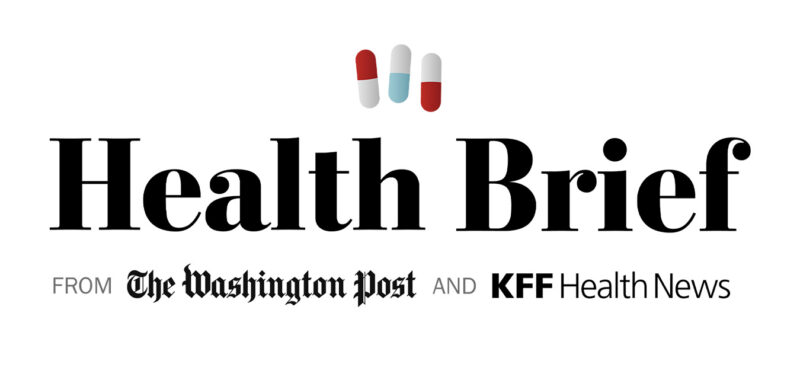When Hurricane Helene struck in late September, it flooded the largest IV fluid factory in the United States. The Baxter International facility in western North Carolina had been producing 1.5 million IV bags a day, 60 percent of the nation’s supply. The company immediately began rationing its products, and the shortage sent ripples through the health-care industry.
IV saline and fluids with carbohydrates are used regularly in hospitals and other clinical settings, both for hydration and to deliver medications. The shortage has left facilities scrambling to figure out the best use of the IV fluid bags they have.
But some hospital administrators see an opportunity in the IV fluid shortage to question standard practices. “There has been increasing literature over the last 10 to 20 years that indicates maybe you don’t need to use as much,” said Sam Elgawly, chief of resource stewardship at Inova, a health system in the D.C. area. “And this accelerated our sort of innovation and testing of that idea.”
Elgawly said he’s keeping one question front of mind: “How often are we actually giving it more than we need to, where we just keep it going because a patient’s in the hospital?”
He told KFF Health News that across the system IV fluid usage has dropped 55 percent since early October.
Hospitals such as those in the Inova system are using different ways to conserve, including giving some medications intravenously but without a dedicated IV fluid bag, known as “pushing” the medication.
“You don’t even need a bag at all. You just give the medication without the bag,” he said.
Simpler conservation measures could become common after the shortage abates, said Vince Green, chief medical officer for Pipeline Health, a small hospital system in the Los Angeles area that serves mainly people on Medicare and Medicaid. Green said medical staffers are encouraging patients to drink Gatorade or water instead of defaulting to IVs for hydration.
And medical staff make sure to use up the entire bag before starting another.
“If they come in with IV fluids that the paramedics have started, let’s continue it. If it saves half a bag of fluids, so be it, but it adds up over time,” Green said.
The North Carolina factory has reopened and is producing some IV fluid products, but it’s not up to prehurricane production levels. Some hospital administrators are anticipating dealing with the shortage through the end of the year.
This article is not available for syndication due to republishing restrictions. If you have questions about the availability of this or other content for republication, please contact NewsWeb@kff.org.

